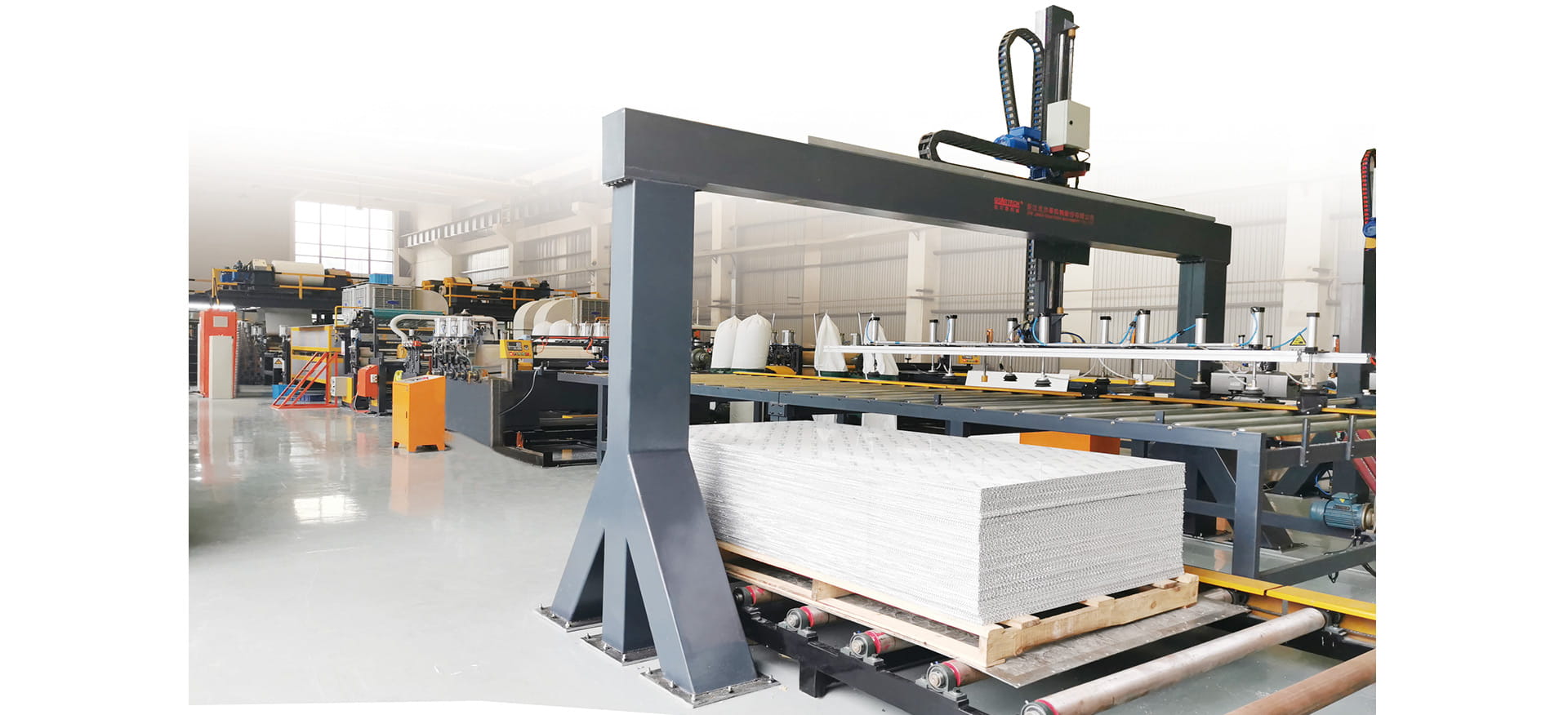Using a
honeycomb panel production line is a cost effective method to produce man-made structural materials. The panel's unique cell patterns and its X-ray detection method can be used for a number of common applications. Whether you're a small business owner or a large company, you can benefit from this technology.
Having a process map can help streamline production and reduce waste. It can also help employees understand their roles. They can be given to inspectors to prove compliance with regulations. They can also be used for training purposes.
A process map is a diagram that shows the steps involved in a process. There are several different types of process maps. Some of these include the high-level process map, the SIPOC flowchart, the drill-down flowchart, the cross functional map, the activity map, the decision-based process map, and the value stream map. Each of these are useful in their own way.
The most obvious process map is the high-level process map. It will describe the major processes of your organization. A value stream map will use the same principles as the high-level process map but it will show the nuances of a process.
X-ray detection method
X-ray detection method for honeycomb panel production line comprises of X-ray sensor, detector panel and readout electronics. The sensor is positioned in the pipe 18 to obtain images. The detector panel comprises of scintillator, photosensor layer, substrate, transistors and environmental seal features. These components can be fabricated on substrate 36 using various techniques such as chemical vapor deposition, sputtering, stamping, etc.
The detector panel can be made using thin flexible glass substrate 36. It can be curved and can be removably inserted into the portable housing 23. It can also be fabricated using a substrate that is made of organic or inorganic materials.
The photosensor layer comprises photodiodes, which are associated with the thin film transistor (TFT) array. The photodiode layer discharge level is proportional to the incident X-ray dose at the pixel.
Patterns of cells
Several cellular geometries have been studied in nature and scientists have attempted to analyze the effect of cell organization on cellular differentiation. Some studies have highlighted the importance of close niche contact for differentiation, while others have shown that close niche contact is not critical.
Recent advances in imaging technology have greatly enhanced the ability to examine cellular structures. These technologies allow researchers to see the structure and cytoskeleton of cells, and to understand how the cellular arrangement influences the differentiation potential of cells. This information can then be used to design structures that take advantage of the cellular material's capabilities.
A variety of cell geometries are used for different engineering applications. The most common are honeycombs and foams, which are readily manufacturable using existing technologies. However, challenges associated with designing with cellular materials limit the widespread adoption of these materials.
Man-made honeycomb structural materials
Historically, manufacturing processes have constrained honeycomb cores based on key dimensional parameters. These include the cell shape and size, the thickness of the wall, and the selection of sandwiching sheets. However, with the advent of additive manufacturing, design freedom has been greatly enhanced. This study examined the impact of three design features on the performance of honeycomb cores.
In this study, we investigated the effect of corner radii, interface, and coping on the mechanical performance of honeycomb cores. We found that corner radius has a significant effect on energy absorption per unit mass. Interfaces and coping also have a significant impact on bending performance.

 中文简体
中文简体 English
English Português
Português русский
русский Español
Español عربى
عربى









